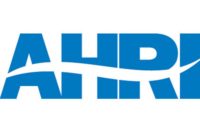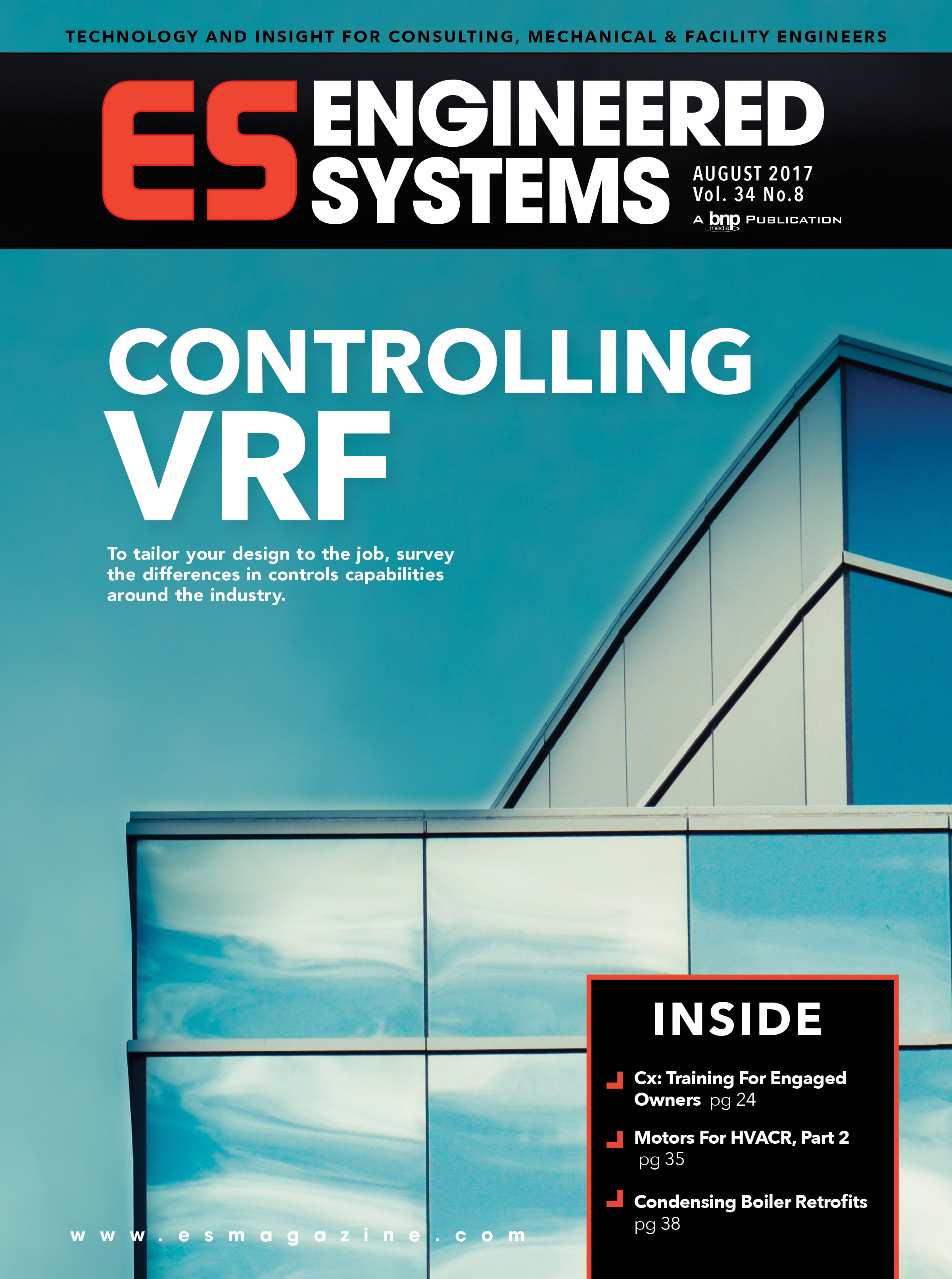The annual survey of chiller manufacturers by the ARI showed that building owners in the United States, as of January 1, 2004, had replaced or converted 43,774 units or 55% of the original 80,000 CFC chillers. New, non-CFC chillers reduce maintenance costs, use less electricity and can typically pay back the cost of replacing an old CFC chiller in five years or less, according to the U.S. Environmental Protection Agency (EPA).
ARI said that during 2003 there were 187 conversions and 2,398 chillers replaced with non-CFC equipment utilizing alternative refrigerants accepted for use by the EPA. The pace of the phaseout has been slower than expected due in part to federal tax laws which require depreciation of the chillers over 39 years.
Four U.S. House members led by Congressman Peter Hoekstra (R-Mich.), an active member of the Congressional Manufacturing Caucus, have introduced H.R. 3953, the "Cool and Efficient Buildings Act," to set the depreciation period at 15 years for "any property which is part of a heating, ventilation, air conditioning, or refrigeration system and which is installed on or in a building which is non residential real property."
According to the six-term Hoekstra, "The current 39-year depreciation periods on HVACR systems is not reflective of their average life span, and it is not cost effective. The Cool and Efficient Buildings Act will provide an incentive for businesses to invest in new equipment, which will save businesses money in the long run and provide another stimulus to the U.S. economy."
The legislation notes that the tax code change would decrease the nation's energy consumption by taking advantage "of the remarkable increase in energy efficiency due to technological advances" achieved by the air conditioning industry.
A wide range of non-residential buildings would qualify for the new depreciation rate including offices, malls, airports and factories where HVACR equipment, from large tonnage liquid chillers to unitary air conditioners and heat pumps, plays a key role in increased productivity and makes possible use of heat sensitive computers and telecommunications gear.
Members of the House joining Hoekstra as initial sponsors of the bill are: U.S. Reps. Dave Camp (R-Mich.; Stephanie Tubbs Jones (D-Ohio); and Donald A. Manzullo (R-Ill.). The legislation has been referred to the House Ways and Means Committee.
In a bid to alert building owners to the operating cost savings from higher efficiency, new chillers, the EPA published "Building Owners Save Money, Save the Earth," which is available at www.ari.org/consumer/articles. It notes that "Building owners can typically pay back the investment cost of replacing an old CFC chiller in five years or less in virtually all locations that cool for more than three months a year. In fact, replacement chillers integrated with building retrofits can pay for themselves in as little as two or three years, with a typical return on investment of 20% to 35%."
New building construction in the United States and CFC chiller replacements have been affected by employment declines and the slow recovery of the economy during recent years. ARI reported that factory shipments of large tonnage liquid chillers for use in the U.S. and abroad dropped to 5,742 in 2003 from 5,793 units shipped in 2002.
Building owners have replaced 34,890 and converted 8,884 CFC chillers, leaving an estimated 36,226 still in service, most of which use CFC-11 or CFC-12 refrigerants. ARI manufacturers estimated there will be 165 conversions and 2,883 replacements during 2004, bringing the total converted and replaced to 58 percent of the total by Jan. 1, 2005.
Non-CFC chillers use alternatives accepted for use by the EPA. They include units with hydrofluorocarbons, HFC-134a, HFC-410A and HFC-407C and hydrochlorofluorocarbons, HCFC-123 and HCFC-22. To avoid emissions to the atmosphere and encourage recycling of refrigerants, EPA rules require recovery of CFCs, HCFCs and HFCs which can then be reclaimed for re-use and sale when they meet purity limits set in ARI Standard 700.




